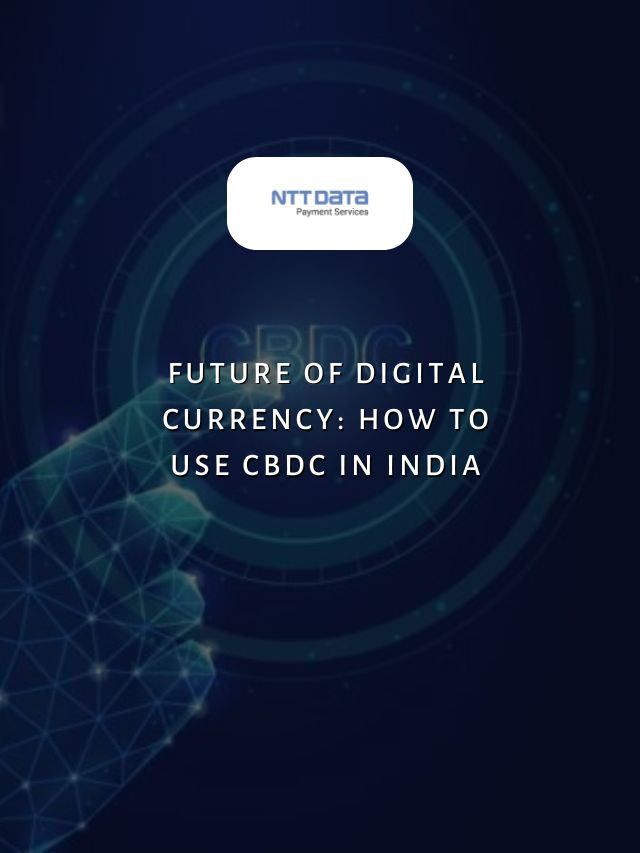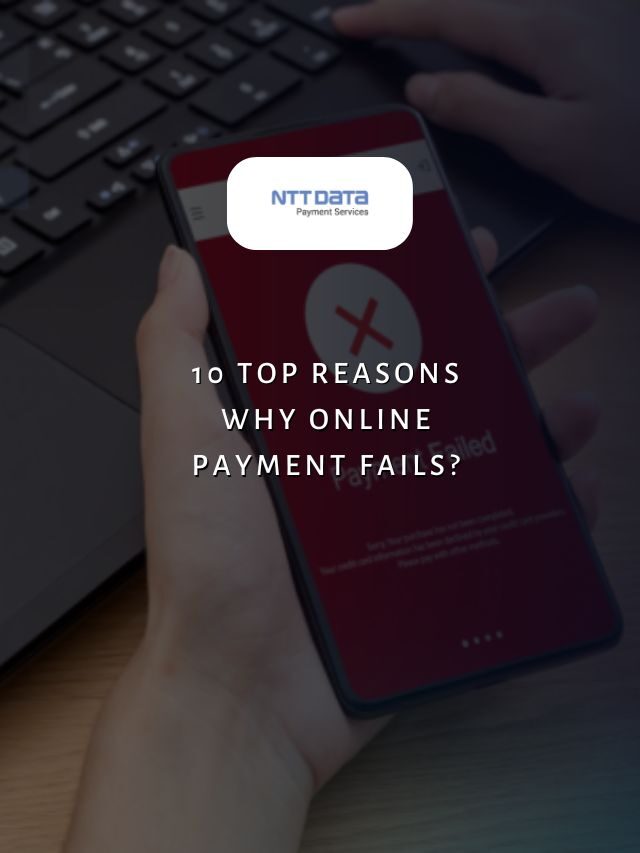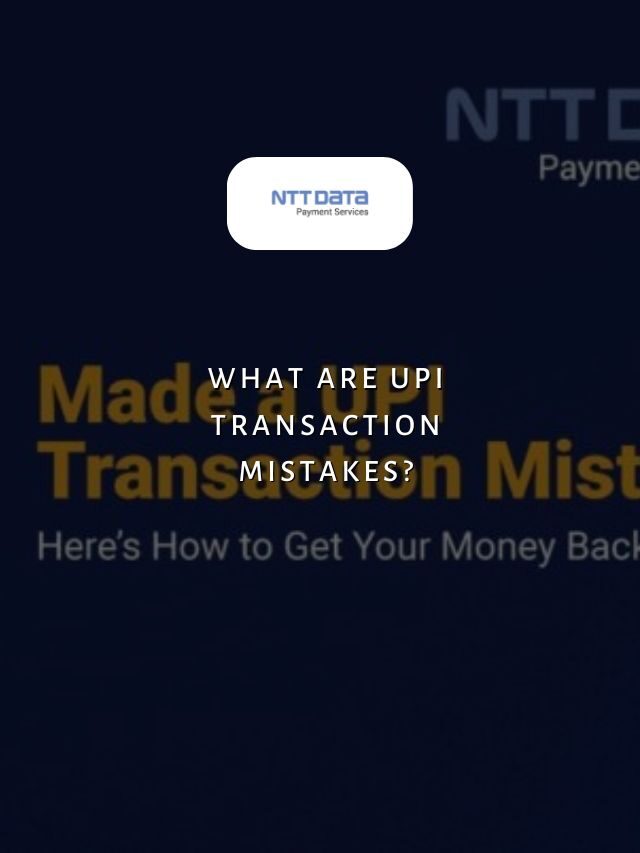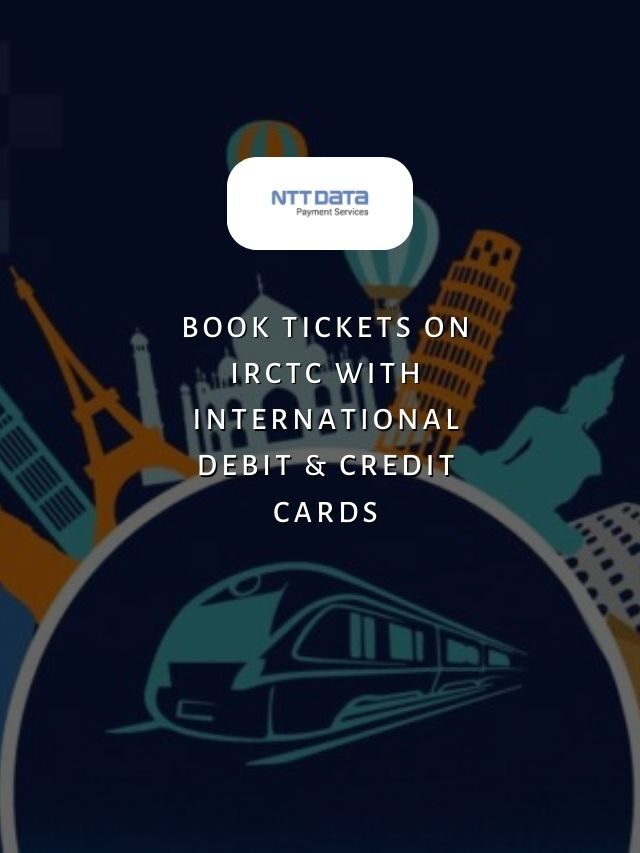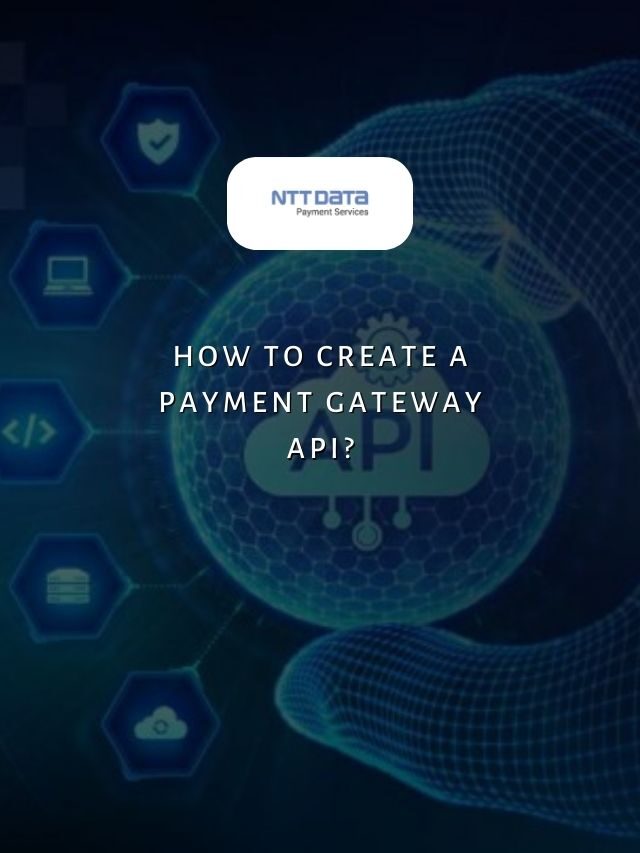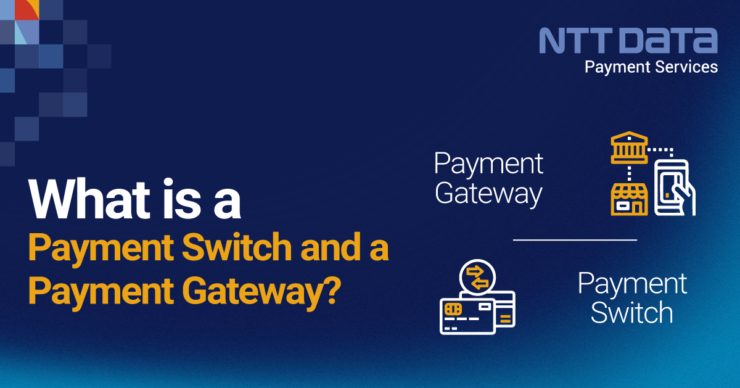
Table of Contents
The fintech industry features an extensive range of companies created with cutting-edge concepts, frameworks, and procedures that have significant potential for taking the company to new levels. Payment solutions are the primary competitive segment with established ideas among the fintech industry’s pool of technology. The majority of companies, including e-commerce platforms, billers, banks, and other service providers, have occasionally dealt with either a payment switch or a payment gateway at some point.
While most people in the fintech industry seem to use both terms interchangeably, a payment gateway and a payment switch perform two entirely different functions. To understand it in simple words, a payment gateway and a payment switch work together to complete a transaction.
Payment switches are transaction-based software programs that dynamically transport payment transactions between several acquirers and Payment Service Providers (PSPs) end-points based on merchant-driven rules. While gateways also link merchants with various endpoints, their connections are typically fixed and difficult to alter (i.e., “static”). This distinct difference in routing connections is what differentiates the both of them.
Read until the end of the blog to understand more about a payment gateway and a payment switch.
What is a Payment Switch: Working and Benefits
A payment switch is a technology included in a payment gateway. It is a tool that makes it easier for various payment service providers to communicate with one another. A payment switch takes care of all the nuances in a transaction, which also verifies accounts and approves or rejects transactions. It controls all aspects of payment processing, including acquisition, routing, switching, authentication, and authorisation of transactions through various payment channels.
The switch makes it possible to expand the payment network by adding new payment providers and methods quickly and affordably.
The Working of a Payment Switch
After accepting the payment request from the payment gateway, the payment switch starts the transaction process and authorises both the merchant and the transaction. The transaction is then processed based on the outcome (success or failure).
This is how it works, step-by-step
- It accepts the validated transaction request from the payment gateway
- Complies with the merchant’s guidelines to begin the transaction
- Identifies the Payment Service Provider (PSP) for that particular transaction
- Based on a BIN allotment for the certain PSP linked with that payment request, it then proceeds to route (switch) the transaction
- Finally, it completes the transaction based on its success or failure
For this procedure to work efficiently and effectively, payment switches must be connected to the back-end software of various banks.
The Benefits of a Payment Switch
Here are some of the benefits of a payment switch
- Payment switches restructure the transaction success rate by dynamically routing payment transactions between the acquirer and payment service provider.
- They enable the expansion of payment networks by supporting the integration of numerous PSPs and international acquirers while minimising the cost of integration for the merchant.
- Due to the encrypted BIN allocation, payment switches are secure and eliminate the risk of fraud. They provide the ideal balance between a smooth transaction and successful fraud control.
- Payment switches also have fewer outage issues and ensure that a transaction is completed successfully.
- All payments are processed in real-time in just a matter of seconds between the point of customer interaction and the processing system, with direct connectivity with most card schemes.
Recent Web Stories
What is a Payment Gateway: Working and Benefits
A payment gateway is a technology that receives and sends payment information from the customer to the acquirer. It securely verifies the customer’s card information, confirms the availability of funds, and finally enables businesses to receive payments.
A payment gateway acts as an intermediary between a merchant’s website and its acquirer. It secures the transmission of sensitive credit card information from the customer to the acquiring bank via the merchant.
Fintech companies developed and launched payment gateways to enable merchants (businesses) to accept payments on their selling platform, online or offline.
The Working of a Payment Gateway
An online payment gateway can make it easier for businesses to integrate the required software. It is a front-end system that gathers the card details from the customer and delivers them to the merchant’s acquiring bank for processing.
This is how a payment gateway works:
- The customer is asked to provide their payment information about the bank or card they use for the transaction, to the payment gateway.
- The payment gateway sends the customer’s information to the payment processor, which then sends it to the merchant’s acquiring bank.
- Once the payment gateway approves the transaction, the bank then determines if the customer’s account has enough balance to support the transaction.
- The bank then goes on to settle funds with the payment gateway after verifying the availability of funds. The payment gateway then settles funds with the merchant to complete a successful transaction.
The Benefits of a Payment Gateway
Here’s how a payment gateway can benefit your business:
- The first and most obvious benefit of using a payment gateway is that it simplifies the whole payment process by reducing the need for manual labour and, ultimately, possible errors.
- Implementing a payment gateway also improves customer satisfaction by allowing customers to choose their preferred payment method.
- At the time of checkout, a payment gateway gathers and encrypts the customer’s account information. By doing this, fraudulent transactions and cyberattacks can be prevented.
- The quickest way to take payments online is through payment gateways. This approach is significantly quicker than manual processing.
NTT DATA Payments offers a complete payment solution that provides payment gateway services to businesses- both big and small. Our wide range of payment services guarantees a high success rate when accepting online payments from your customers.
Understanding the Difference Between a Payment Switch and a Payment Gateway
The difference between a payment gateway and a payment switch mainly lies in the functions of both technologies. Though not entirely different, the two entities are embedded into one payment ecosystem to ensure successful transactions with reduced downtime.
Simply put, a payment switch is like an executive that does all the payment processing tasks, while a payment gateway is the one that oversees the transactions.
While payment gateways provide the dual function of securing both the customer and the merchant throughout a transaction, payment switches protect the many payment processing service providers involved in various transactions.
Together, a payment switch and payment gateway can execute transactions more quickly, safely, and effectively. Because of the flexible switch, the payment gateway can handle over a million transactions in a split second. For a transaction to be done successfully without any drawbacks, both the payment gateway and payment switch are essential.
| Also, you can get frequent updates on nttdatapayments Instagram page. |
Conclusion
Modern businesses these days cannot function without both payment gateways and payment switches. Though they are different in terms of their individual functions, both of them work together in sync to provide an effective payment solution for various businesses.
NTT DATA Payments Service brings together banks and businesses across India to offer the best payment gateway services and other payment solutions on a secured platform to ensure smoother and quicker transactions.

